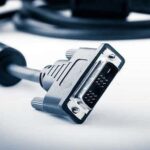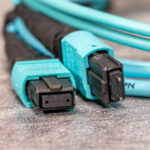Category 6 cable (Cat 6) is a standardized twisted pair cable for Ethernet and other network physical layers that is backward compatible with the Category 5/5e and Category 3 cable standards.
Cat 6 must meet more stringent specifications for crosstalk and system noise than Cat 5 and Cat 5e. The cable standard specifies performance of up to 250 MHz, compared to 100 MHz for Cat 5 and Cat 5e.
Whereas Category 6 cable has a reduced maximum length of 55 metres (180 ft) when used for 10GBASE-T, Category 6A cable is specified for 500 MHz and has improved alien crosstalk characteristics, allowing 10GBASE-T to be run for the same 100-metre (330 ft) maximum distance as previous Ethernet over twisted pair variants.
CAT 6 is a twisted pair cable for Ethernet-based computer networks. It is used in phone lines, PCs, televisions, CCTV cameras, and other networking devices.
CAT 6 (Category 6) is the standard for the sixth generation of twisted pair cable for Ethernet-based computer networks. Following CAT 5 and CAT 5e, the specifications for CAT 6 are more stringent for crosstalk and system noise, and CAT 6 enables higher speeds and more robust data transfer. While more expensive than CAT 5/5e, it remains a cost-effective option due to higher speeds and more robust data transfer.
Unlike CAT 5e cable, with CAT 6 all four wires work together to handle the signal instead of just two. However, CAT 6 has a maximum length of 55 m when used for 10GBASE-T, compared to 90 m maximum for CAT 5e and 100 m maximum for CAT 6A.
The CAT 6 cable standard specifies performance of up to 250 MHz, compared to 100 MHz for Cat 5 and Cat 5e, and 500 MHz for CAT 6A.
The standard for Category 6A (augmented Category 6) is ANSI/TIA-568.2-D (replaces 568-C.2),[8] defined by TIA for enhanced performance standards for twisted pair cable systems. It was defined in 2009.[9] Cat 6A performance is defined for frequencies up to 500 MHz—twice that of Cat 6. Cat 6A also has an improved alien crosstalk specification as compared to Cat 6, which picks up high levels of alien noise at high frequencies.
The global cabling standard ISO/IEC 11801 has been extended by the addition of amendment 2. This amendment defines new specifications for Cat 6A components and Class EA permanent links. These new global Cat 6A/Class EA specifications require a new generation of connecting hardware offering far superior performance compared to the existing products that are based on the American TIA standard.[10] The most important point is a performance difference between ISO/IEC and EIA/TIA component specifications for the NEXT transmission parameter. At a frequency of 500 MHz, an ISO/IEC Cat 6A connector performs 3 dB better than a Cat 6A connector that conforms with the EIA/TIA specification (3 dB equals 50% reduction of near-end crosstalk noise signal power; see half-power point).
Confusion therefore arises because of the naming conventions and performance benchmarks laid down by the International ISO/IEC and American TIA/EIA standards, which in turn are different from the regional European standard, EN 50173–1. In general, the ISO standard for Cat 6A is the most stringent, followed by the European standard, and the American one (1 on 1 matching capability).
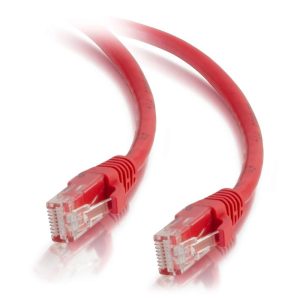 Cat5e Cables
Cat5e Cables Cat6 Cables
Cat6 Cables Cat6a Cables
Cat6a Cables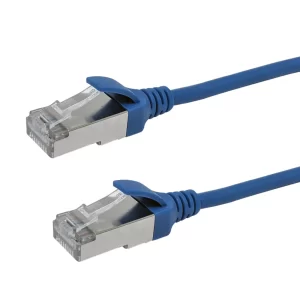 Cat8 Cables
Cat8 Cables Bulk Ethernet Cables
Bulk Ethernet Cables Plenum-Rated Ethernet Cables
Plenum-Rated Ethernet Cables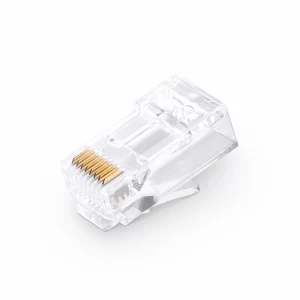 Connectors & Jacks
Connectors & Jacks OS2 Singlemode Simplex
OS2 Singlemode Simplex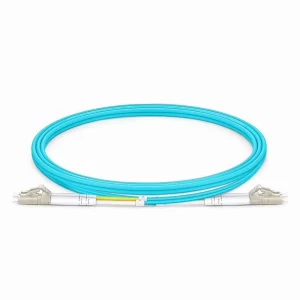 OS2 Singlemode Duplex
OS2 Singlemode Duplex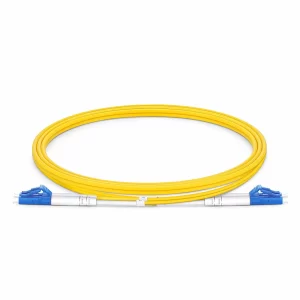 OM5 Multimode
OM5 Multimode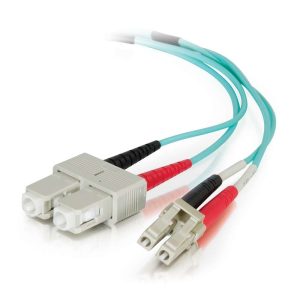 OM4 Multimode
OM4 Multimode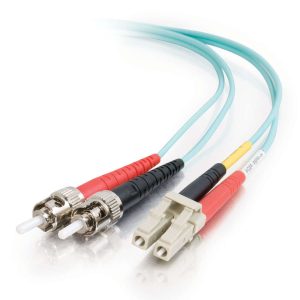 OM3 Multimode
OM3 Multimode OM2 Multimode
OM2 Multimode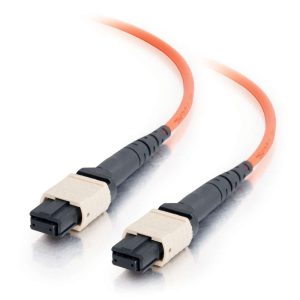 MTP/MPO Cables
MTP/MPO Cables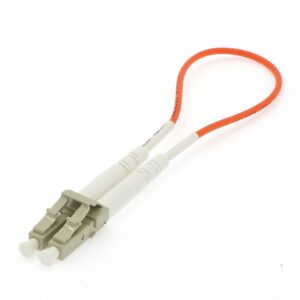 Loopback Adapter
Loopback Adapter Fiber Optic Connectivity
Fiber Optic Connectivity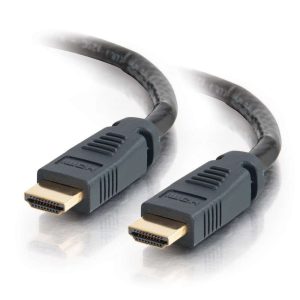 HDMI Cables
HDMI Cables HDMI Mini/Micro Cables
HDMI Mini/Micro Cables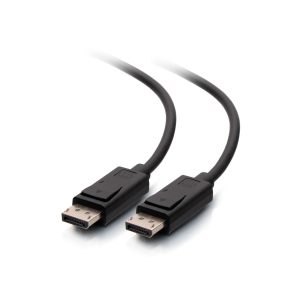 DisplayPort Cables
DisplayPort Cables Mini DisplayPort Cables
Mini DisplayPort Cables DVI Cables
DVI Cables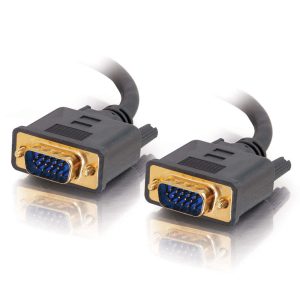 VGA Cables
VGA Cables Audio Cables
Audio Cables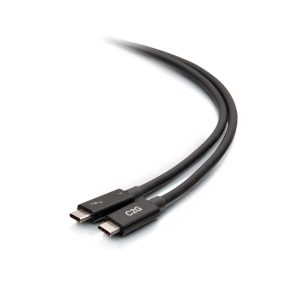 Active USB Cables
Active USB Cables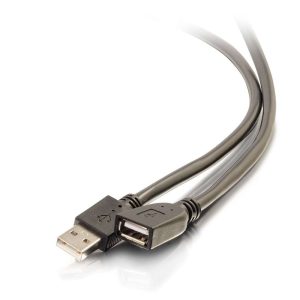 Plenum-Rated USB Cables
Plenum-Rated USB Cables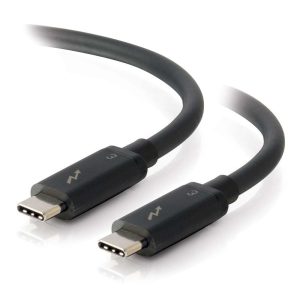 Thunderbolt Cables
Thunderbolt Cables USB 2.0 Cables
USB 2.0 Cables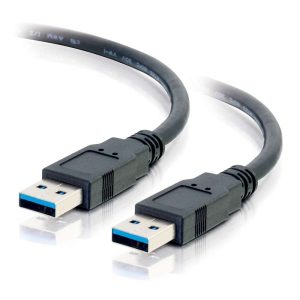 USB 3.0 Cables
USB 3.0 Cables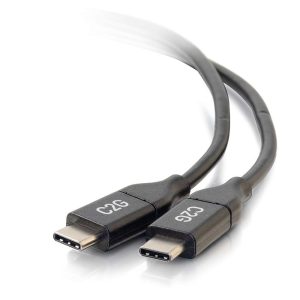 USB Cables for Mobile Devices
USB Cables for Mobile Devices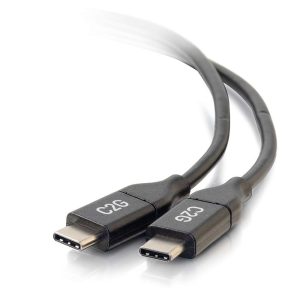 USB-C Cables
USB-C Cables Keyboard & Mouse Cables
Keyboard & Mouse Cables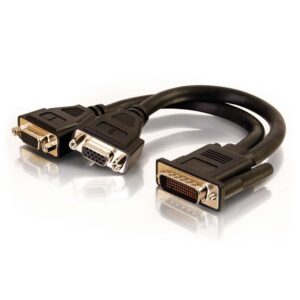 LFH-59 and M1 Cables
LFH-59 and M1 Cables Parallel Cables & Devices
Parallel Cables & Devices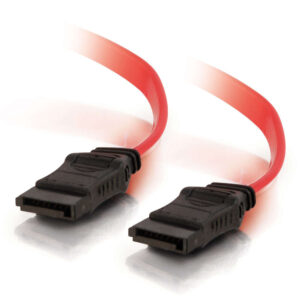 Serial ATA Cables
Serial ATA Cables Serial RS232 Cables
Serial RS232 Cables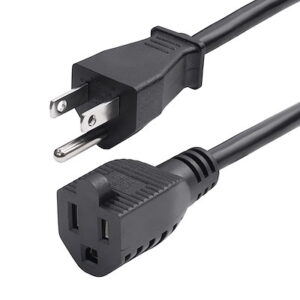 Power Cables
Power Cables
